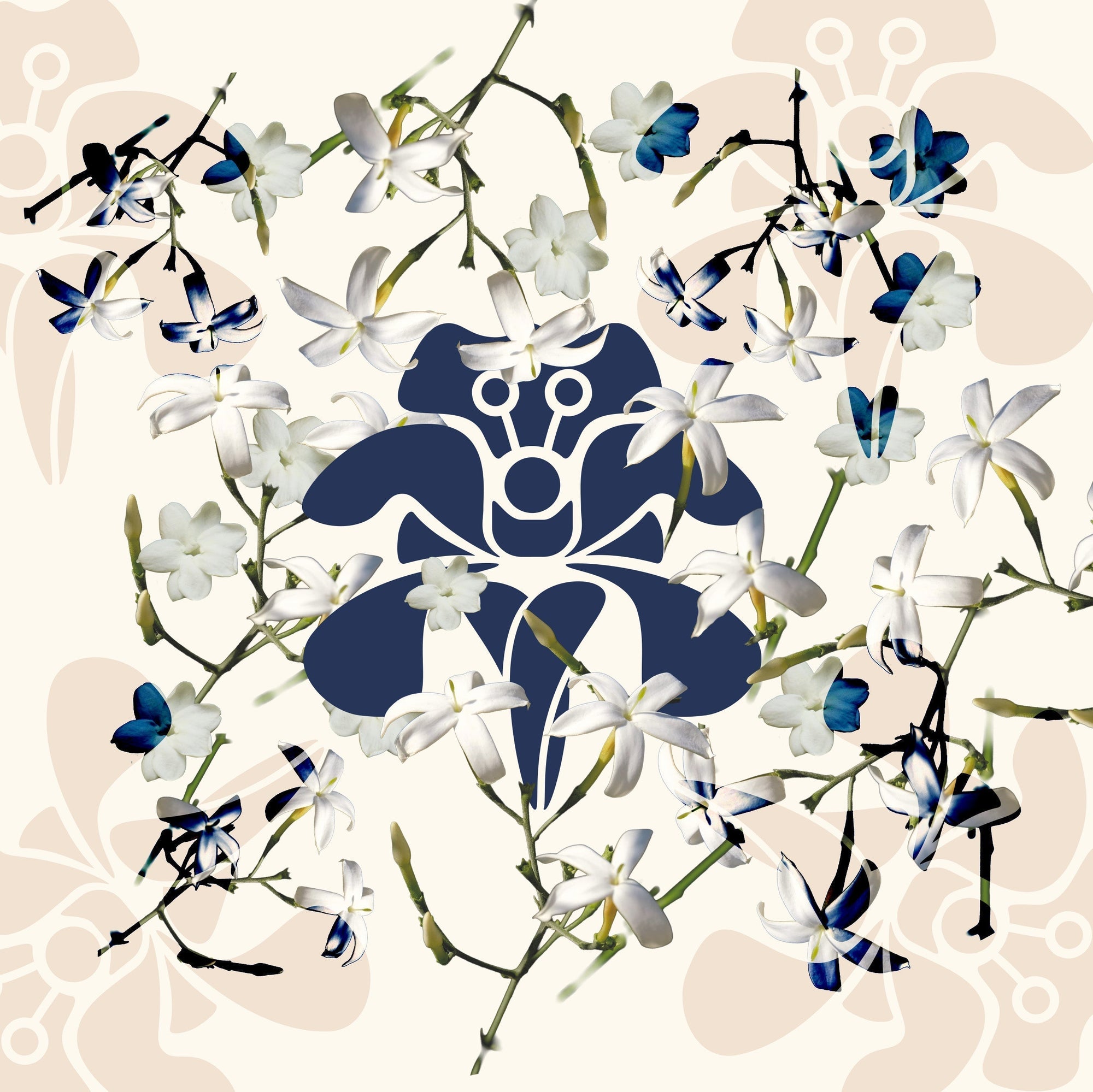Ottimare makes several scarves from fabrics called TENCEL,™ such as TENCEL™ Twill and TENCEL™ Satin. Because we often get asked what TENCEL™ is made of, and what the difference is with Lyocell or viscose, we wrote this article, in which you can also read about the other benefits and how you can best maintain your TENCEL™ accessory.
TENCEL,™ a brand of Lenzing AG, is made from wood that comes from responsibly managed forests and meets FSC ® or PEFC standards and the company's strict wood and pulp guidelines. TENCEL™ also has the EU Ecolabel.
Where does the wood for TENCEL™ come from?
The wood that is used comes from different places in the world. From South America, America, Canada, but also from Europe/Scandinavia. Only if it is certain that the forests from which the wood comes are managed sustainably. In short this means that only the amount of wood is extracted from nature, which can also grow back in and on time. After all, the forests must continue to exist, because you not only need wood now but also tomorrow. For TENCEL ™ fabrics, pulp is mainly made from eucalyptus trees, from forests that are mostly self-managed, but also the wood of birch, beech and alder is suitable. Read more about timber and timber management on the Lenzing website.
How is wood made into fabric?
The wood is first made into wood pulp. From this wood pulp of sustainable origin, the cellulose, the building block of wood, is extracted. The pulp is then converted into fibers for textiles. Overall, the production process looks like this. This conversion takes place in an innovative closed production process, a closed cycle. The wood pulp is first dissolved in water with a solvent. Threads are pressed from the solution, which are washed and dried. The used water and non-toxic solvent are collected during the process and can be reused for 99.8%, so there is hardly any waste. This production method makes TENCEL™ Lyocell a sustainable alternative to (non-sustainable) viscose. Among the non-recycled fabrics, TENCEL TM is one of the most sustainable fabrics.
Is TENCEL™ the same as Lyocell?
If you buy a scarf or other product from TENCEL™ with Lyocell fibers, you know that the wood used comes from sustainable forests and that the production meets the strict quality and sustainability requirements of Lenzing AG. For other fabrics made of Lyocell fibers, you don't know that without further ado.
What features does TENCEL™ have?
- TENCEL™ Soft to the touch and very comfortable
- TENCEL™ fabrics breathe well and are therefore nice to wear in all seasons, from warm to cooler days.
- The breathable properties also make these fabrics suitable for sporting activities.
- Stays clean longer because the fabric slows down the growth of bacteria
- The fabric has a strong structure and lasts a long time, which is also durable.
- Relatively wrinkle-free
- TENCEL™ is sustainably produced
How do you care for TENCEL™ Lyocell fabric?
- Have you made a stain? Do not use stain removers but mild soap.
- Do not wash too often because TENCEL™ ™ stays clean longer than other fabrics. Hang your scarf or garment outside from time to time but avoid sunlight.
- Gentle laundry: best to wash by hand at a low temperature
- Do not tumble dry.
- Do not wring or twist the fabric when drying. Gently squeeze out the water and let it dry flat or over a rod (do not hang it at the ends with a clothespin, because that will sag the fabric)
- Always store your clothes dry and clean.


